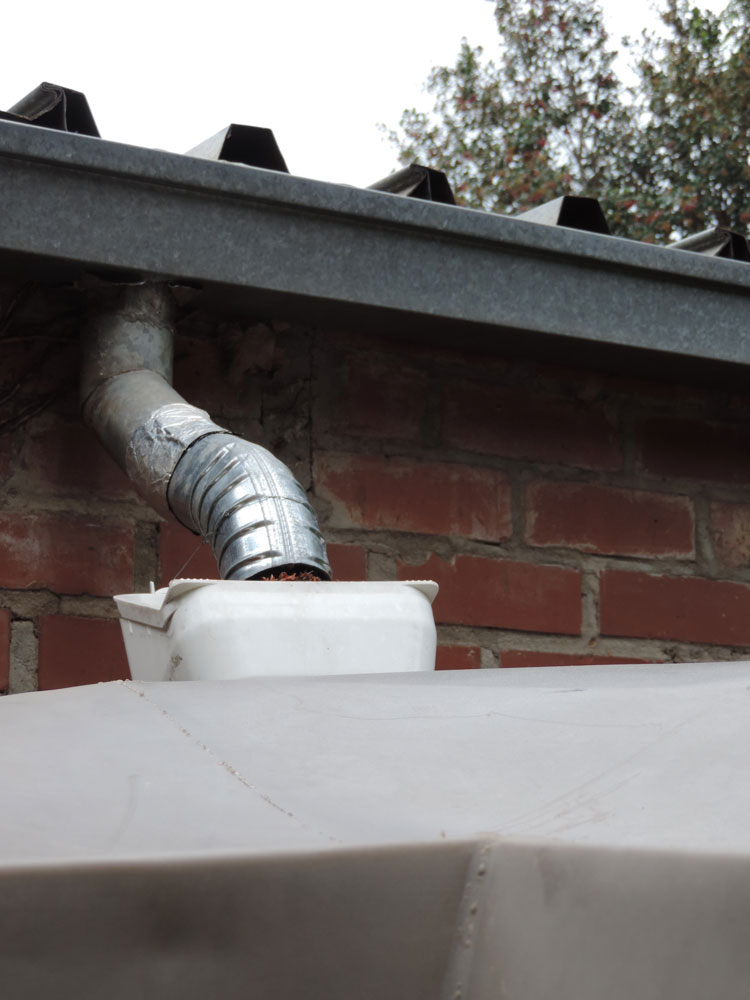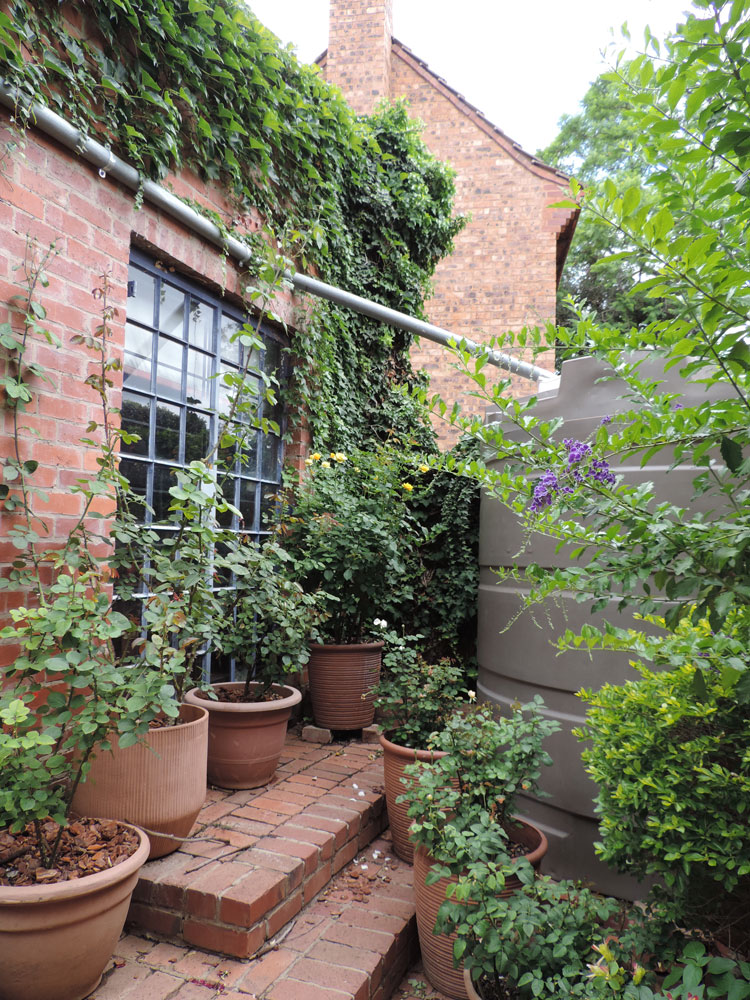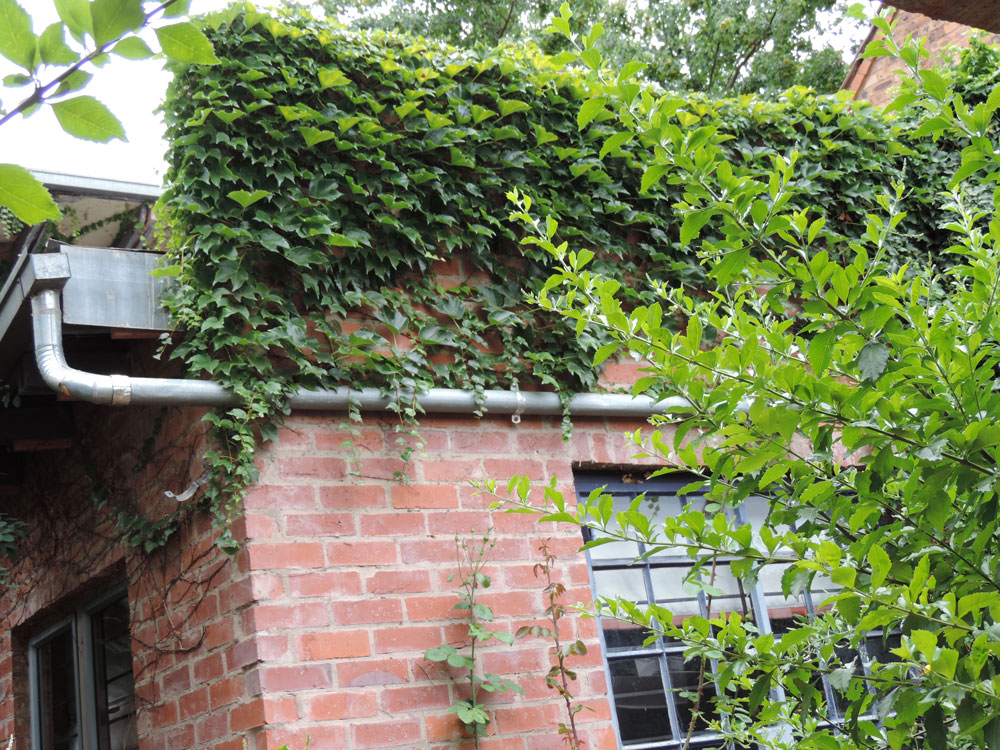Saving water and using it responsibly has become a national priority. An effective way to do this is by collecting rainwater. Follow this guide on how to harvest rain water.
Make the most of natural elements in desperate times, this guide on how to harvest rain water should help you save water in any household.
READ MORE: How to use grey water in the garden

WAYS TO HARVEST RAIN WATER
- The most rainwater is collected from the roof, via gutters, into a storage tank. Systems vary from basic (just for the garden or domestic emergencies), to more sophisticated, linked to the internal plumbing system.
- Where space is too tight to accommodate tanks, direct individual gutters into slim-line 500-litre tanks (with a tap at the bottom) or large bins. The Garden Master range, available at Makro, even has a planter on top to make it a garden feature.
- Reduce hard paving or replace with permeable paving or gravel. This doesn’t harvest rainwater, but allows water to filter into the soil below rather than run off the property.
- Make a dry well into which water from the gutters or a swale can be routed. Line it with a geotextile fabric. This allows the water to saturate into the soil.
READ MORE: A guide to water-wise gardening

HOW DO I KNOW MY HOUSE WILL BE SUITABLE FOR HARVESTING RAINWATER?
The efficiency of rainwater harvesting differs from house to house, according to its design. Consider the following points:
Type of roof: Metal, corrugated iron or IBR roofing and tiles are suitable for rainwater harvesting, thatch is not. According to Rain Harvesting Systems, 11mm of rainfall on metal roofs produces 1 000 litres of harvested rainwater for every 100m² of roof area. For tiled roofs, 16mm of rainfall produces 1 000 litres of harvested rainwater for every 100 m² of roof area.
Roof design: The simpler the roof the better, with a good pitch, although flat roofs are usually pitched enough to divert rainwater. If in doubt, call in a plumber, handyman or rainwater harvesting consultant who can also advise on the guttering.
Tank space: This is the clincher. If there is no space for a conventional round tank, opt for slimline tanks (more expensive), which are available in different heights, sizes and colours. Horizontal tanks are available too. Where there is ground space a tank can be sunk into the ground, but this is costly and there is the danger that it can pop out when empty.
READ MORE: Gardening in drought conditions

SYSTEM AFFORDABILITY IN HARVESTING RAIN WATER
A basic system can range from R10 000 – R14 000, depending on tank size and type, where you are using a pump or gravity, a leaf eater or gutter mesh to keep the leaves out of the gutters and tank (essential), or a first flush diverter that further sifts out dust and sand. Factor in the cost of shifting or adapting the guttering, tap and pump installation, and building a solid, level base for the tank, unless it can be placed on firm, level ground/paving.
READ MORE: How to garden with gravel
HOW BIG DO I GO?
Landscaper JJ van Rensburg of Garden World in Jo’burg, advises opting for as big a tank as possible, ideally 5 000 litres. “People underestimate how quickly a tank fills up,” he says. “A good shower, of 20–30mm will fill it. The larger the tank, the more water you’ll have.”
More rain water harvesting ideas
READ MORE: 10 Money saving gardening tips
READ MORE: DIY Easy bucket watering system

